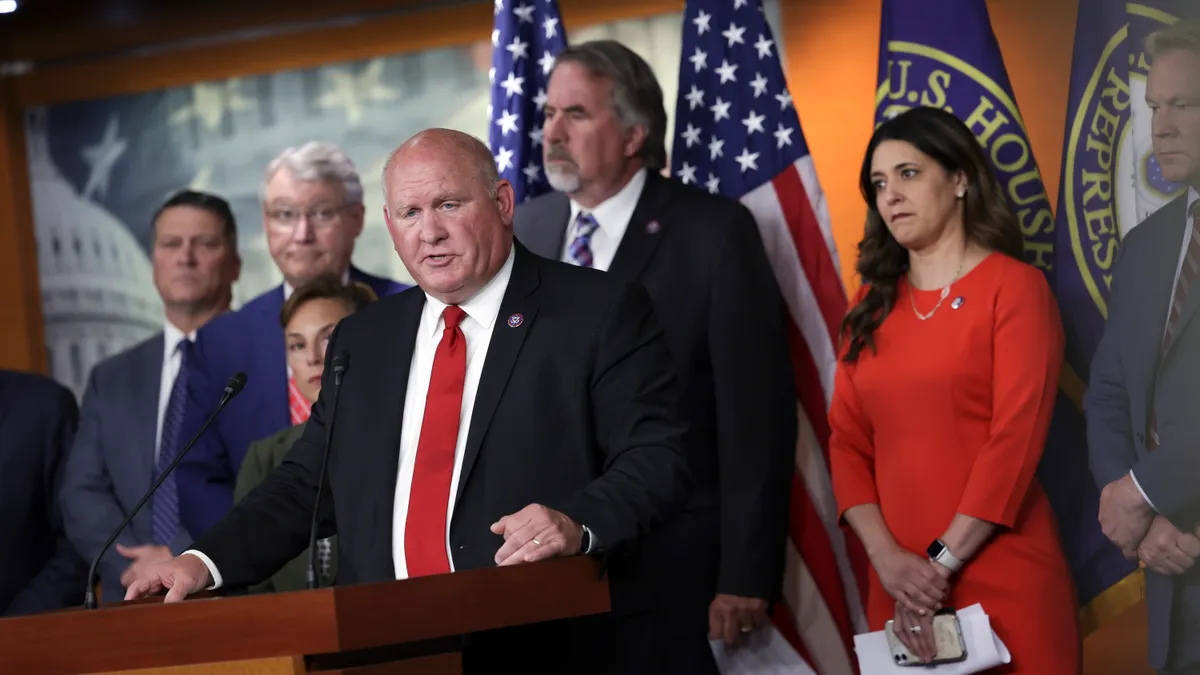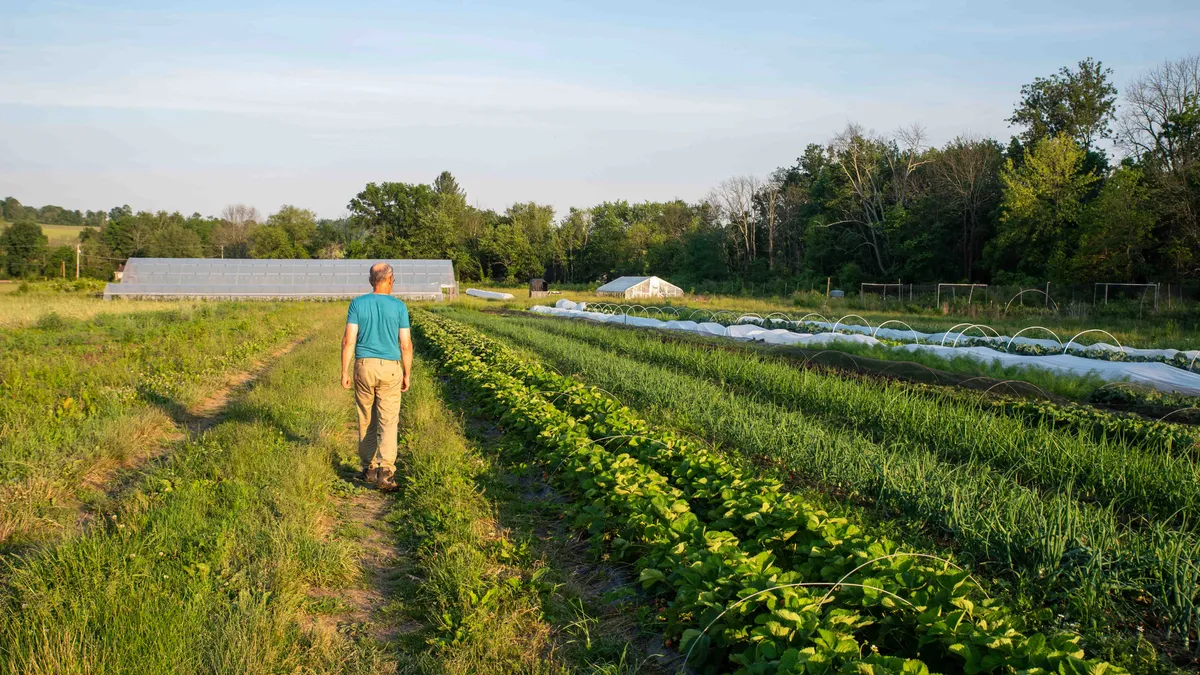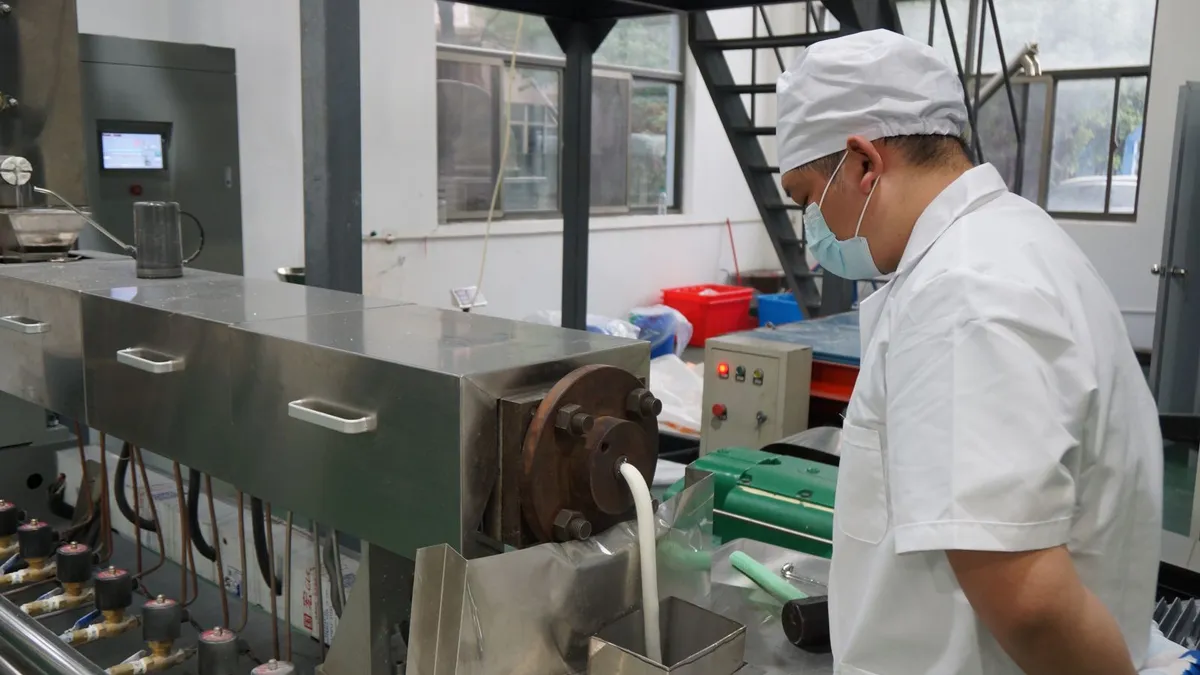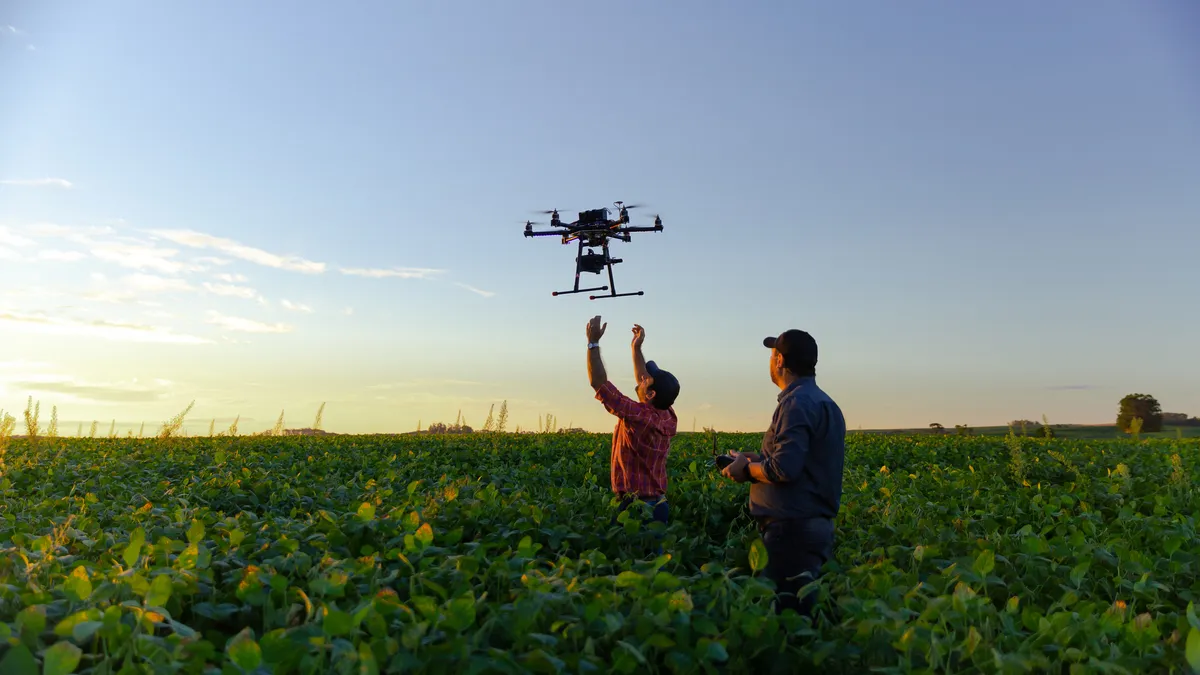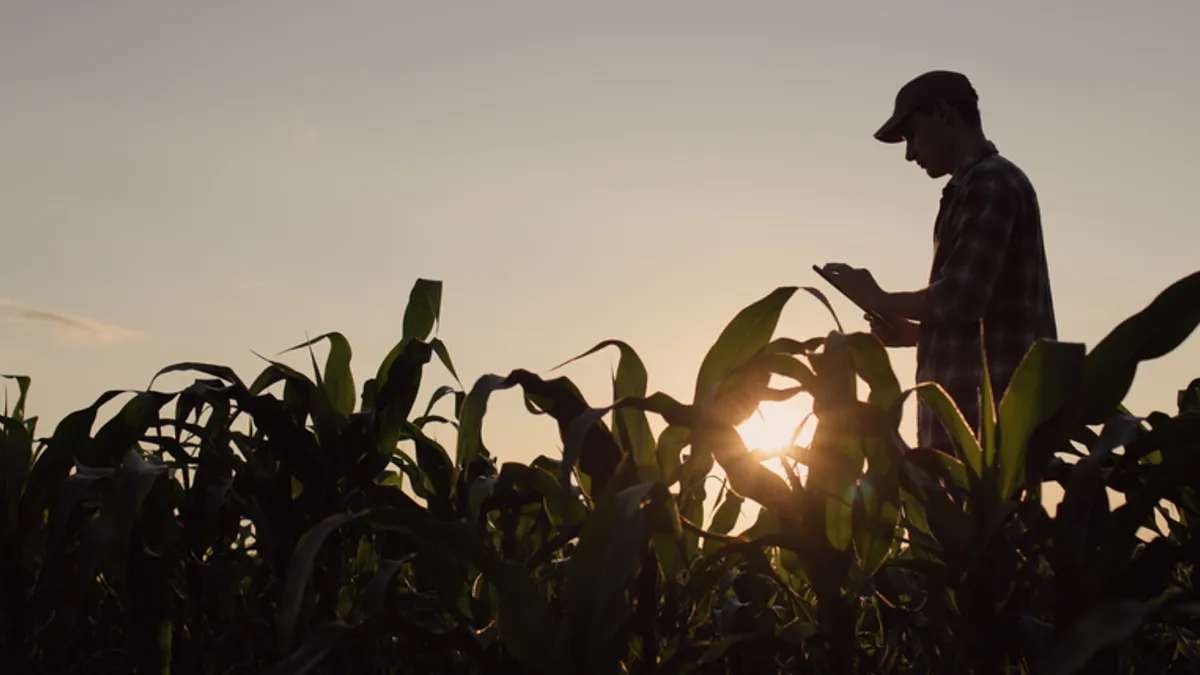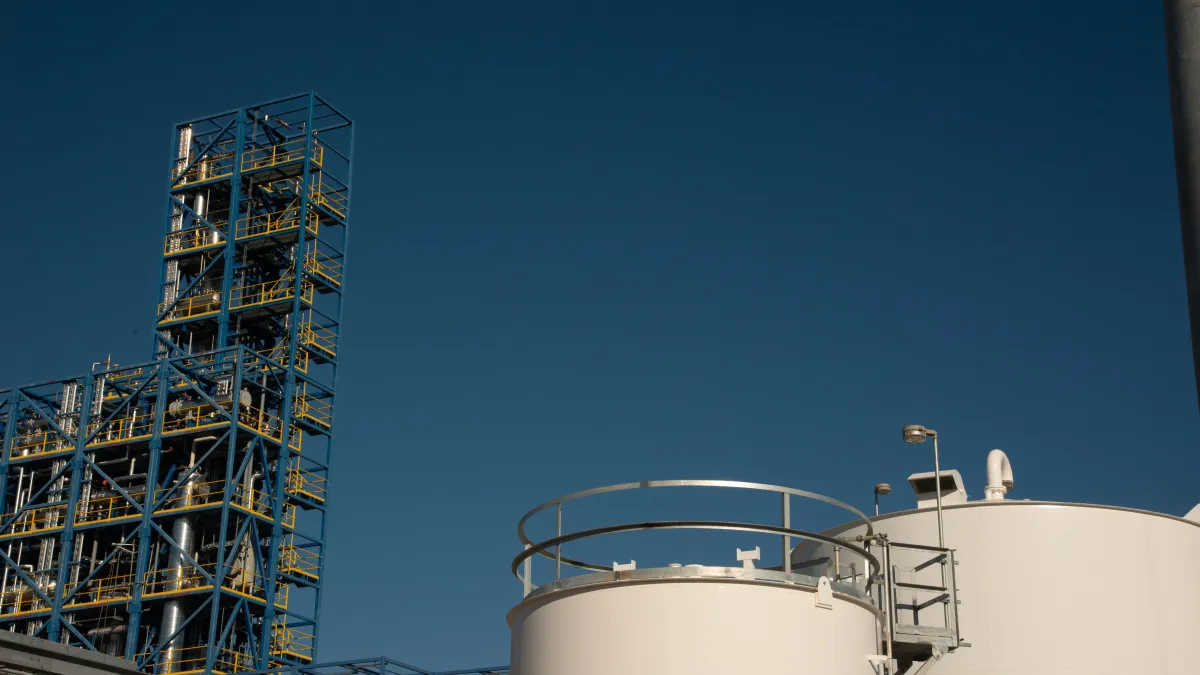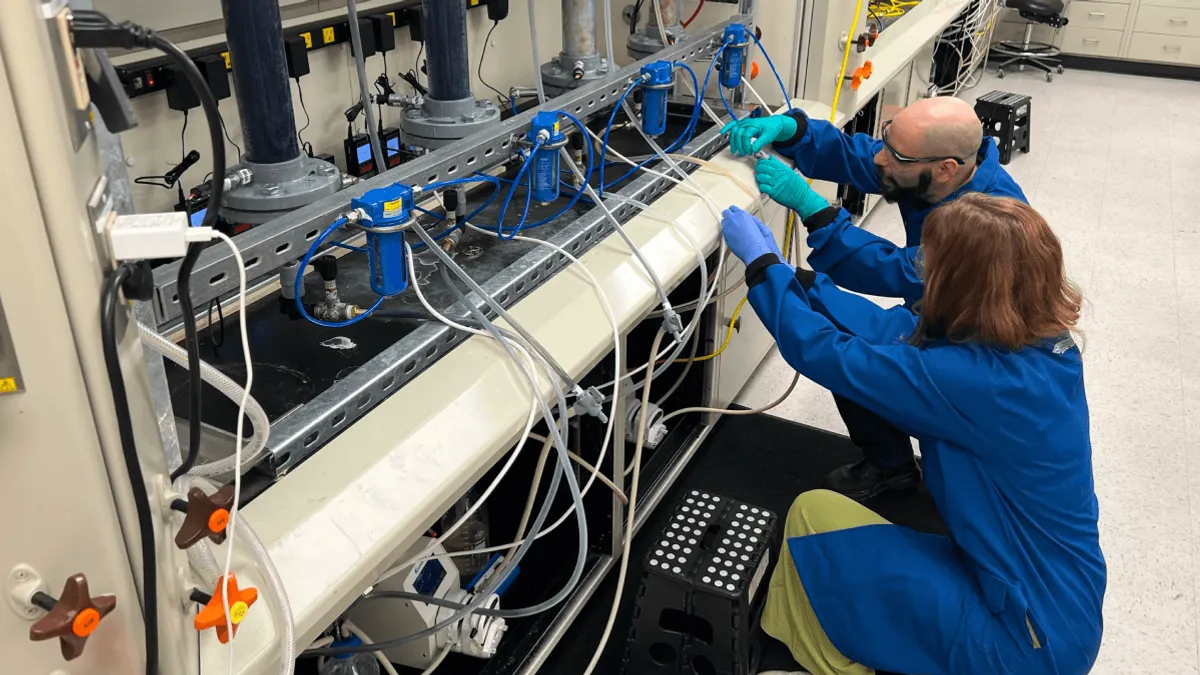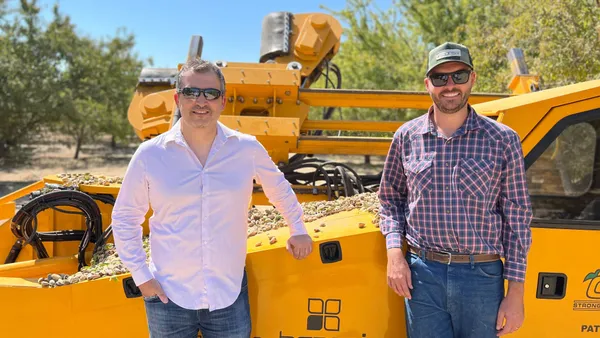The waste industry once again may benefit from the farm bill, as two drafts working their way through the U.S. House and Senate both tweak and provide continued funding for programs that have proven popular since the last such bill in 2018.
Congress is behind on finalizing the five-year reauthorization for the U.S. Department of Agriculture. The legislation that shapes appropriations for the agency, known informally as the farm bill, contains a range of programs that cover nutrition assistance, crop insurance and agricultural research. The bill has also increasingly been used to fund priorities for certain portions of the waste and recycling industry, including biogas partnerships, food waste reduction and composting.
Last year, Congress passed a one-year stopgap funding measure that expires on Sept. 30. Since then, the House Agriculture Committee has passed its bill out of committee and the Senate Committee on Agriculture, Nutrition, and Forestry has released a summary of its bill.
The delay hasn’t stopped interested parties from publicly lobbying lawmakers for enhanced appropriations, including the Zero Food Waste Coalition that launched last year.
That group — which includes prominent nonprofit ReFED, the Natural Resources Defense Council and Harvard Law School’s Food Law and Policy Clinic — has called for more than $200 million in funding for key priorities, including additional funding for food waste infrastructure.
They must compete with other interest groups for funding, though, as well as endure political jockeying between the two major parties, who each control one chamber of Congress. Once the full House and Senate approve their respective versions of a farm bill, the two chambers must set up a conference committee to hash out a compromise document. Both drafts demonstrate a clear interest in the programs waste and recycling groups benefit from the most.
Rural Energy for America Program
Both bills would double the maximum guaranteed loan amount under this program to $50 million. USDA’s REAP has increasingly been used to fund on-farm anaerobic digestion projects in recent years.
The Senate bill includes a broad range of measures designed to simplify the application process for this program’s funding. It also adds greenhouse gas reduction potential as a consideration for energy efficiency improvement loan guarantees and grants. The Senate version would also increase the federal cost-share to 50% of a project funded by a REAP grant. The House version would do the same only for “beginning, socially disadvantaged, and veteran farmers and ranchers,” with the others receiving up to a 35% cost-share.
Composting and Food Waste Reduction Cooperative Agreement Program
Both bills look to remove the "pilot" status for this program and expand it to include “food waste-to-energy” operations, which may include anaerobic digestion facilities. They also add tribal governments to the list of eligible entities, with the Senate summary also tacking states onto that list. The Senate version would allow up to 40% of the program’s funding to go toward state governments.
This program, administered by the USDA’s Office of Urban Agriculture and Innovative Production, has financed 119 projects across 40 states and Puerto Rico since it began disbursing funds in 2020, according to an agency fact sheet. The agency financed $11.5 million worth of projects through the program last year and recently opened up funding for a new round of projects.
Food Loss and Waste Reduction Liaison
While the Zero Food Waste Coalition has called for the expansion of this role, created in the 2018 farm bill, into a full office, neither bill explicitly outlines plans to do so.
The Senate outlined more robust changes to the USDA’s efforts on the subject, however. Its bill would authorize $1 million to create regional coordinators for food loss and waste reduction within the USDA. It also directs the liaison to create a "national food waste education and public awareness campaign," and authorizes $2 million annually to conduct this task.
Both bills also make note of interagency collaboration, though their instructions differ slightly.
The Senate version requires the Agriculture secretary to collaborate with his counterparts at the EPA and FDA on the federal interagency agreement related to reducing food loss and waste. The House version of the bill requires the liaison to include "a summary of coordinated activities ... including interagency communication and coordination related to the promotion or exclusion of practices and technologies to limit food waste" in an annual report. The report would also need to include "a detailed account of how the Secretary avoided, managed, or will manage market disruption."
Research funding
The House version of the bill also authorizes USDA to allocate research and extension grant funding to study the impact of microplastic or PFAS contamination on farmland through the use of biosolids or compost. The provision allows for surveys on the concentration, particle size and chemical composition of such pollutants; research on techniques to address pollutants at wastewater treatment plants; research on remediating contaminated soil and water systems; and other means. The new topic was among several added to the existing High-Priority Research and Extension Initiative within the agency.
The Senate version of the bill also adds “PFAS agricultural effects” to the list of topics that can be funded through the High-Priority Research and Extension Initiative, though the document does not mention microplastics.



